Tl;dr;
- Customer surveys as predictive tools: Regularly conducting online surveys helps collect customer feedback and measure sentiment, which feeds into predictive models and informs businesses about potential future behaviors, preferences, and expectations.
- Data integration for holistic insights: Combining quantitative and qualitative research and data from diverse sources like transaction records, customer feedback reports, and demographic information is crucial for a comprehensive view of customer behavior, enhancing the accuracy of predictive models.
- Advanced analytics for behavior forecasting: Utilizing predictive analytics and machine learning tools allows businesses to process historical data and identify patterns, leading to precise customer action forecasts and personalized customer experience.
- Customer segmentation for tailored predictions: Segmenting customers into distinct groups based on their behavior and preferences is essential for crafting targeted predictions and interventions, ensuring that marketing efforts are more effective and resources are optimally allocated within the broader market segmentation.
- Journey mapping and touchpoint analysis: Mapping the customer journey and analyzing touchpoints provide insights into the digital CX, revealing opportunities to optimize the conversion funnel and improve customer satisfaction at each stage of their interaction with the brand.
- Embracing AI for real-time predictions: The integration of AI features, including machine learning and natural language processing, into predictive analytics, enables businesses to anticipate customer needs in real-time, offering a competitive edge by staying ahead of consumer trends and adapting quickly to market changes.
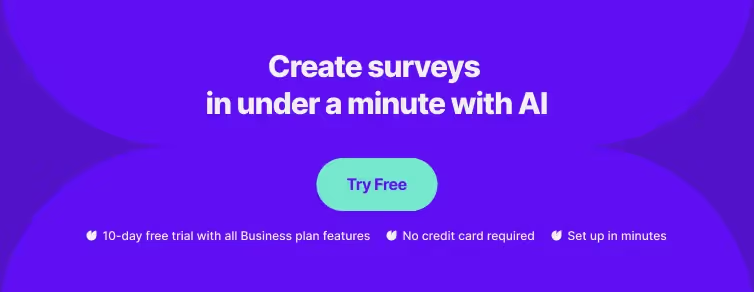
If you've ever felt like a mind reader when predicting a customer's next move, you're not alone. Welcome to the not-so-mystical world where data analytics is the crystal ball of the business realm. No wand-waving here, just good old-fashioned number crunching that tells a story about what customers might do next.
This article is for marketing professionals, strategists, and business leaders who grapple with the age-old question: "What will our customers do next?"
The problem at hand is the unpredictability of consumer behavior, but the solution? It lies in leveraging analytics for strategic insight.
By reading on, you'll gain an understanding of how to use data analytics to predict customer behavior, which can lead to more informed decisions and, ultimately, a healthier bottom line. So, if you're ready to transform data into actionable foresight, this article will show you the ropes.
Customer behavior: fundamentals
Understanding customer behavior is the cornerstone of creating effective business strategies. By analyzing patterns in consumer actions, you can anticipate needs and tailor your offerings.
Insights from big data and predictive analytics are fundamental tools for this understanding. These methods enable you to draw on operational data, such as sales and customer interactions, to build a coherent picture of consumer trends.
Core principles of predicting customer behavior
To begin predicting customer behavior, there are certain core principles you should follow:
- Data Integration: The blend of data from various sources is critical for a comprehensive view of the customer.
- Segmentation: Splitting your customer base into distinct groups enables personalized predictions.
- Predictive Analytics: Use statistical algorithms and machine learning to predict future actions based on historical data.
Through these principles, you develop a structured approach to analyze and predict customer behavior, aiding in decision-making and strategy formulation.
What customer behaviors should you analyze?
You must analyze specific behavioral patterns to anticipate customer needs and tailor your strategy effectively. This understanding is crucial for maximizing customer value and driving business success.
Average spending
Your customers' average spending on previous purchases provides insights into their purchasing power and preferences. By evaluating the average transaction size, you can better tailor your offerings and marketing efforts to suit their budgetary constraints and preferences.
Preferred channel for customer engagement
Understanding your preferred channel for engagement and transactions is vital. Whether it's online platforms, in-store visits, or mobile apps, knowing where your customers prefer to interact can help optimize your omnichannel customer experience strategy.
Frequency
Frequency of purchase is a key indicator of customer loyalty and product lifecycle. Monitor how often customers shop with you to pinpoint opportunities for repeat business and implement effective retention strategies.
Customer churn
Analyzing the churn rate—the rate at which customers stop doing business with you—is essential for identifying pain points and areas for improvement. A low churn rate indicates customer satisfaction and business health.
Demographics
Lastly, dive into your customers' demographics, such as age, gender, location, and income level. Demographic data can uncover trends and preferences that drive purchasing decisions, allowing for more targeted marketing campaigns.
How to predict customer behavior
Accurately forecasting customer behavior is the cornerstone of enhancing your marketing strategies and improving product development. You can leverage a combination of data-driven techniques and market understanding to anticipate customer needs and actions.
Data analysis and tracking
You need to meticulously track and analyze customer data to discern patterns and preferences. You gain insights into how customers interact with your products by investigating metrics like purchase history.
When predicting customer behavior, your approach to data collection is critical. The methods you choose can have a significant impact on the insights you'll be able to uncover.
Quantitative data analysis
Quantitative data, typically using numbers and metrics, provides a statistical backbone for predicting customer behavior.
You can collect this data through various channels, such as online analytics, sales figures, and customer surveys with scaled responses.
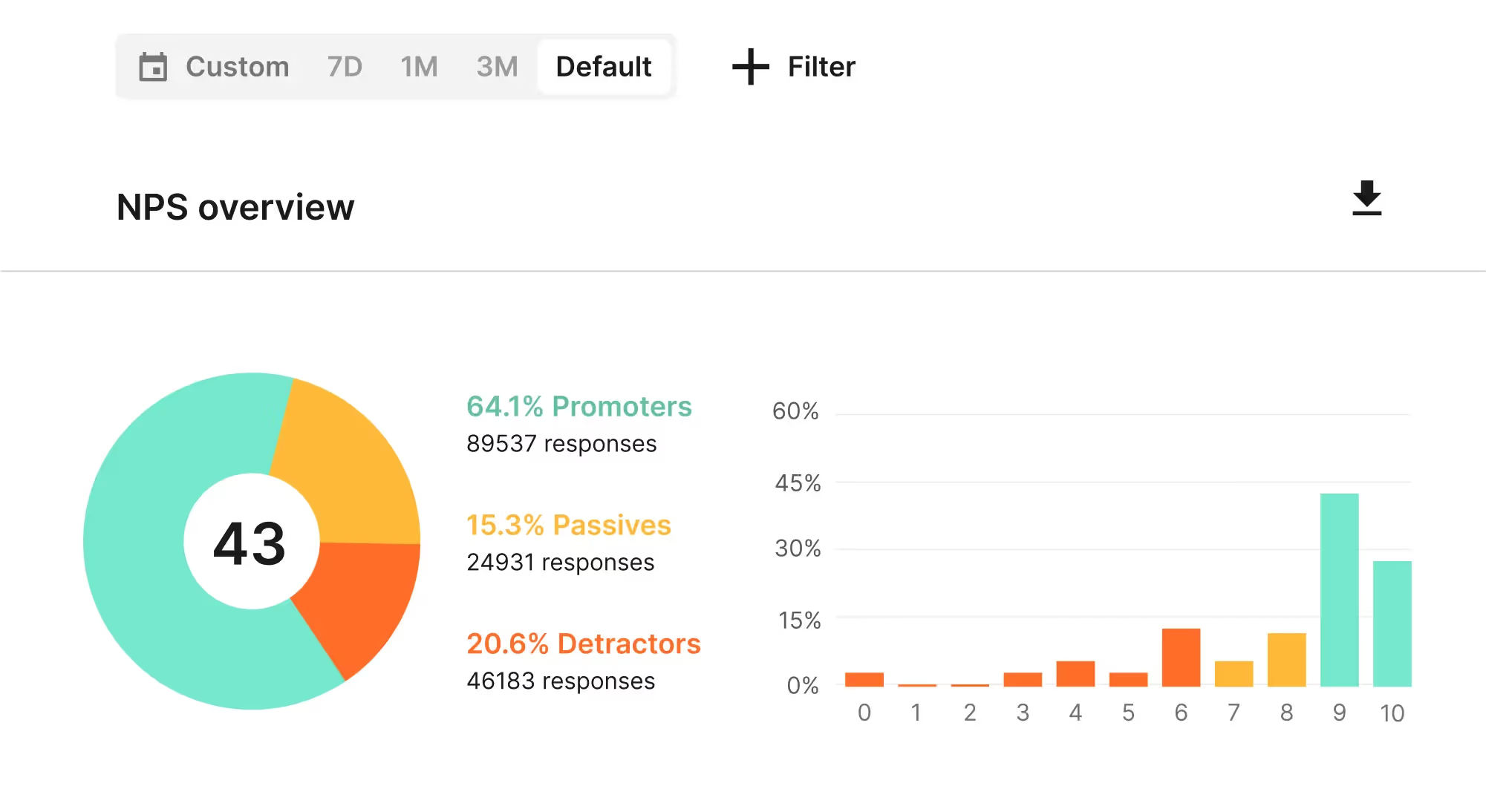
By applying predictive analytics, you'll be able to identify patterns and trends that can forecast future behavior. For instance, analyzing operational data (O-data) can reveal customers' purchasing habits and frequency.
Qualitative Data Gathering
In contrast, qualitative data captures the nuanced opinions, preferences, and reasons behind customer behavior. This can be gathered through interviews, open-ended survey questions, and social media monitoring.
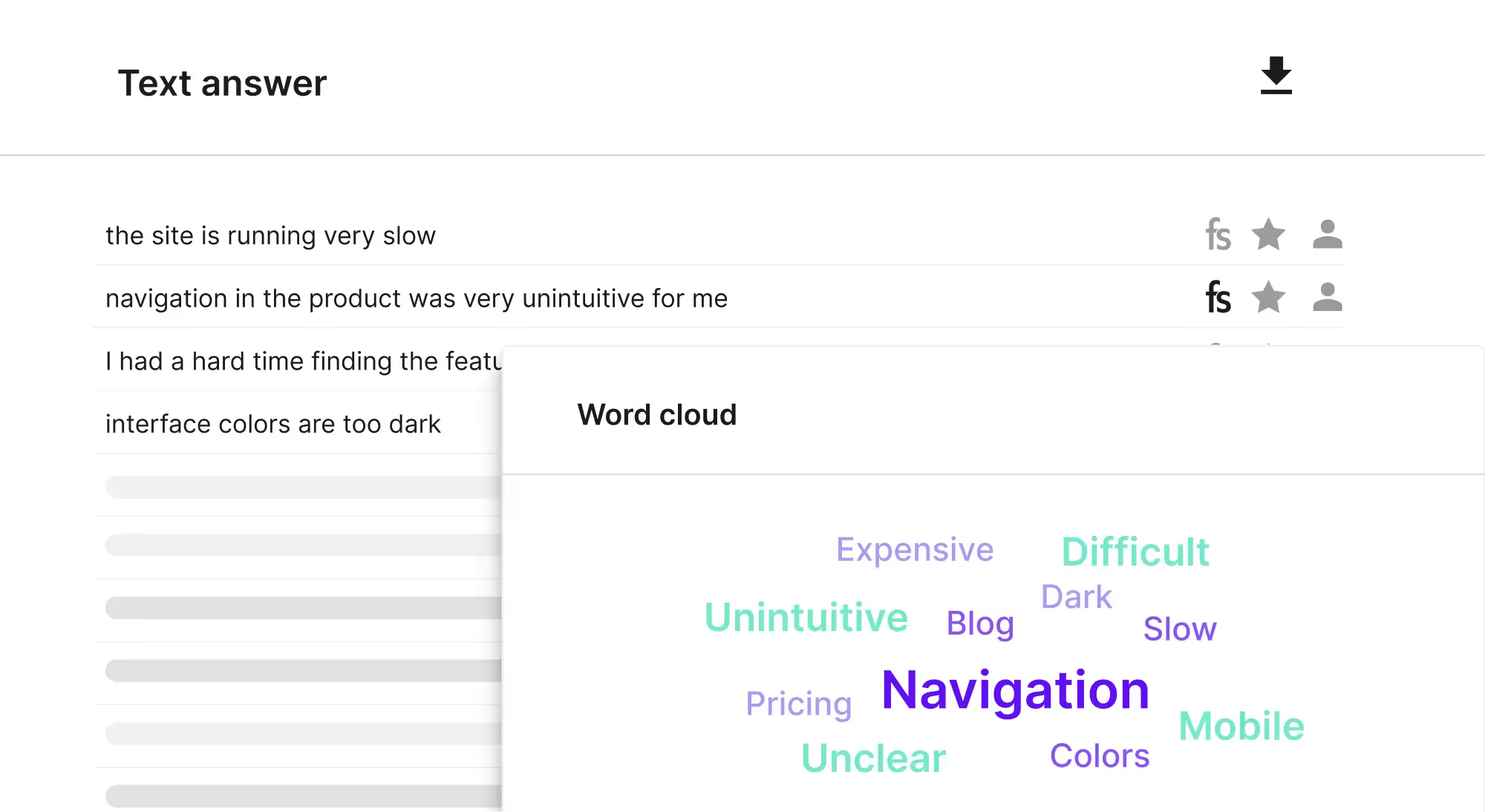
As you collect responses, focus on customer sentiments and the language used to describe their experiences. This sort of data often shines a light on why customers make certain decisions and provides context that numbers alone cannot offer.
Integration of Multiple Data Sources
To paint a complete picture of customer behavior, you must integrate both qualitative and quantitative data.
Combining various sources like transactional history, customer feedback, and demographic information can lead to a more holistic view and accurate predictions. Machine learning models can assist in predicting future actions by leveraging this integrated data approach.
By layering different types of data, correlations, and insights become clearer, aiding in the development of informed business strategies.
Market research and surveys
Online surveys and market research initiatives are essential for gathering customer opinions and feedback directly from the source. The most popular way to build long-term customer loyalty and satisfaction trendline is to use the NPS survey.
➡️ Check how wetter.com uses Survicate to build satisfaction and loyalty trendlines ⬅️
[NPS]
To check a more transactional side of customer satisfaction, you can use Survicate's CSAT survey ⤵️
[CSAT]
This can reveal trends and expectations in your market segment, helping to inform your predictive models. And if you're not sure which survey you should use, you can do it with Survicate's AI survey creator.

Customer segmentation
Dividing your customer base into clear segments lets you effectively tailor your predictive efforts. Each segment may display distinct behaviors and preferences, enabling you to predict actions within these cohorts with greater precision.
Predictive analytics
Predictive analytics tools allow you to forecast future customer behaviors based on historical data. Advanced software incorporates machine learning to refine these predictions, making them increasingly accurate over time.
Predictive analytics frameworks comprise three core components: behavioral segmentation, predictive modeling techniques, and purchase propensity modeling. Each element plays a pivotal role in understanding and anticipating customer actions.
Behavioral segmentation
You leverage Behavioral Segmentation to group your customers based on observable actions and patterns.
By dissecting your audience into segments, such as purchase history, engagement levels, or response to marketing, you can refine your predictive analytics for higher accuracy.
For example, customers with frequent product returns might signal a need for product or service improvements.
Predictive Modeling Techniques
Predictive modeling techniques encompass a range of statistical and machine-learning methods that process historical and real-time data to make forecasts. Some popular techniques include:
- Regression Analysis: Ideal for identifying relationships between variables and forecasting continuous outcomes.
- Classification Models: These differentiate between categories, such as customers likely to churn.
- Time Series Analysis: Useful for predicting future events based on past data trends, especially for sales forecasting.
The right mix of these techniques can help you uncover intricate customer behavior patterns.
Purchase Propensity Modeling
Lastly, purchase propensity modeling focuses specifically on the likelihood of customers purchasing. You can predict purchase probabilities by analyzing customers' past interactions, demographic information, and external factors.
Implementing scoring systems can rank customers on their probable future actions, directing more personalized and timely marketing efforts toward those with higher scores.
Customer journey mapping
Ecommerce customer journey mapping is an indispensable tool in understanding and predicting your customer behavior. It details the path from initial contact to the final purchase, providing valuable insights for your business strategy.
Touchpoint analysis
Every interaction a customer has with your brand, known as a touchpoint, is an opportunity for data collection and analysis. By examining these touchpoints, you can identify patterns and pain points in the customer experience.
Implementing touchpoint analysis allows you to see your brand from the customer's perspective, enabling you to enhance service and product offerings where they matter most.
Conversion funnel optimization
The conversion funnel represents the various stages a customer goes through before completing a purchase.
Optimization of this funnel is critical for converting prospects into loyal customers. Start by mapping out each stage – awareness, interest, decision, and action – and then use this framework to streamline the process, removing obstacles and ensuring a smooth progression for the customer.
Customer behavior prediction in marketing
Understanding your customers' future actions sets the stage for tailored strategies and smarter investments in marketing efforts, leading to increased customer satisfaction and brand loyalty.
Personalization and targeted marketing
Your ability to anticipate customer needs hinges on accurate behavior prediction. You can effectively segment customers with the data you obtain from surveys. This allows for personalized content, promotions, and product recommendations that resonate with individual preferences.
➡️ Read how Taxfix builds a personalized relationship with users by using mobile surveys ⬅️
Campaign effectiveness and ROI
Quantifying the success of your marketing campaigns becomes precise through behavior prediction.
For instance, by employing machine learning to analyze customer behavior, you can predict high or low purchase intent and calculate the Return on Investment (ROI) for different marketing strategies.
This precise measurement of campaign effectiveness guides your budget allocations toward the most profitable avenues.
Future trends in customer behavior prediction
Your ability to anticipate customer needs in this dynamic marketplace hinges on cutting-edge methodologies. Let's explore the key drivers that will shape your approach to forecasting customer actions.
Impact of artificial intelligence on predicting consumer behavior
AI transforms how you understand and serve your customers, enabling real-time predictive modeling. Tools like machine learning algorithms will allow you to parse through a customer-level data lake, identifying patterns anticipating customer desires before they're articulated.
- Machine learning: Automates the recognition of buying habits, predicting what customers want next.
- Natural language processing: Interprets customer sentiment, giving depth to behavioral predictions.
Emerging behavioral metrics
Your grasp of customer behavior benefits from new metrics afforded by technological progress. You'll track online interactions with unprecedented precision, assessing metrics like engagement scores to foretell buying behaviors.
These digital footprints provide a detailed map of consumer preferences, guiding product development and marketing campaigns.
- Engagement scores: Measure user interaction levels to determine future purchase likelihood.
- Social listening tools: Keep tabs on brand mentions and influencer traction, which provide key behavioral indicators.
Predicting customer behavior with Survicate
Understanding and predicting customer behavior is not just about collecting data; it's about making sense of that data to drive strategic decisions. Survicate offers powerful tools that tap directly into actionable insights straight from the source.
Survicate enables you to dive deep into customer feedback, uncovering the why behind the buy. Craft surveys that resonate analyze responses with ease, and segment your audience to fine-tune your tactics. Whether it's measuring satisfaction through NPS and CSAT surveys or employing AI survey creation for efficiency, Survicate is your trusted ally in the quest to understand and predict customer behavior.
So, are you ready to make your next strategic move with confidence? Start your journey today with a 10-day free trial of Survicate that unlocks all the Business Plan features. Checkmate uncertainty and give Survicate a spin today!








.webp)

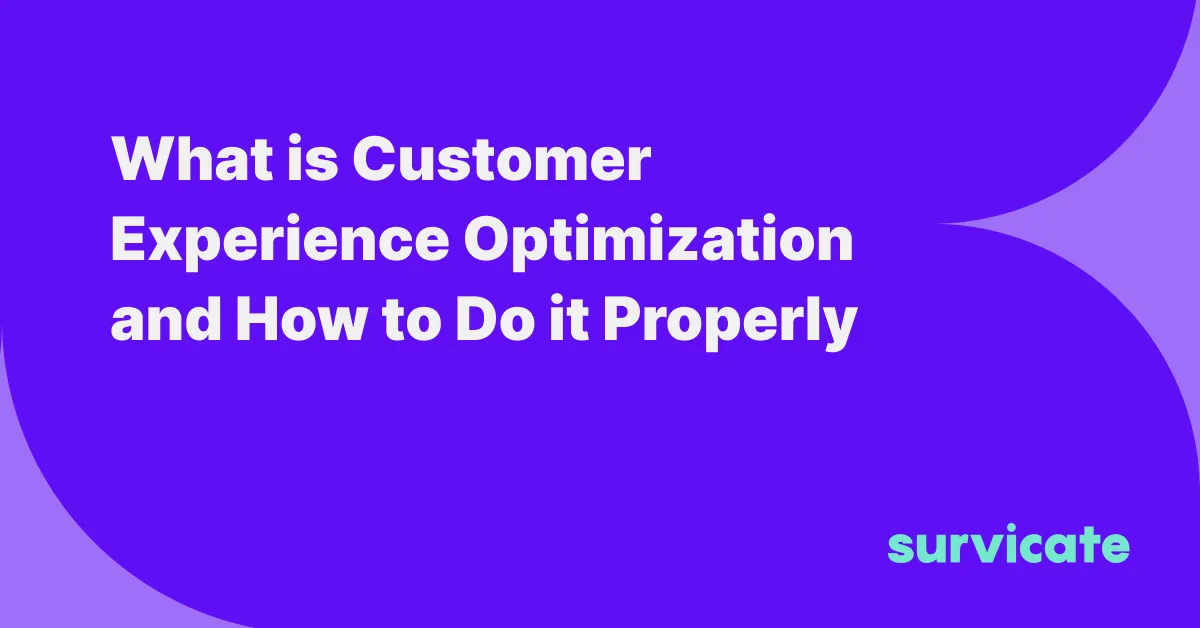
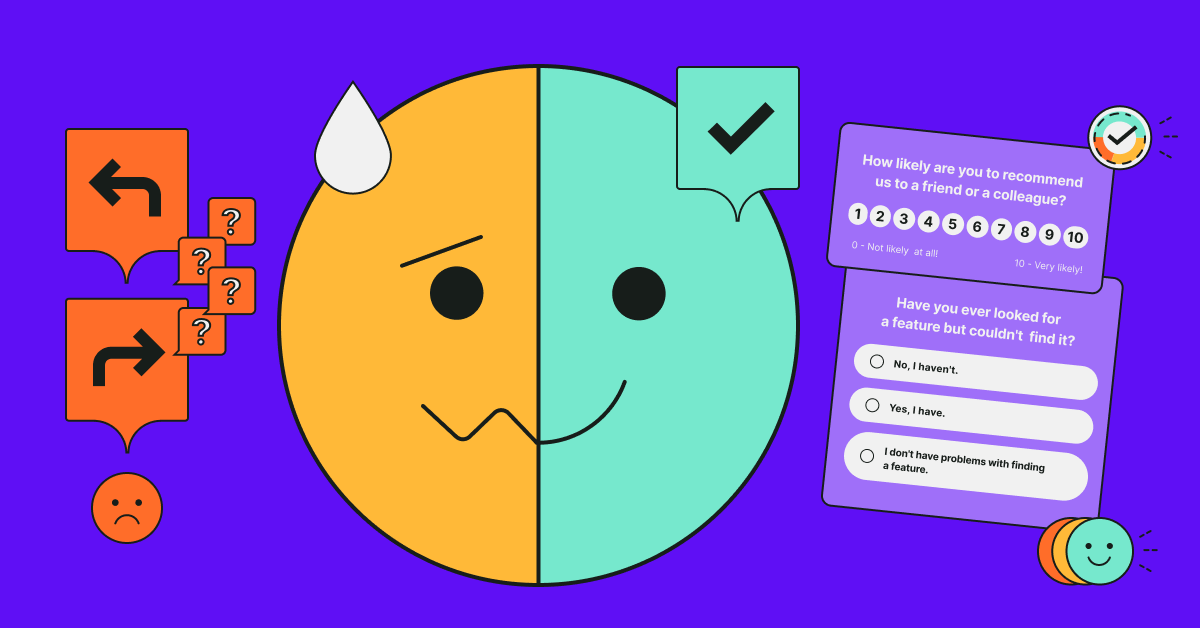

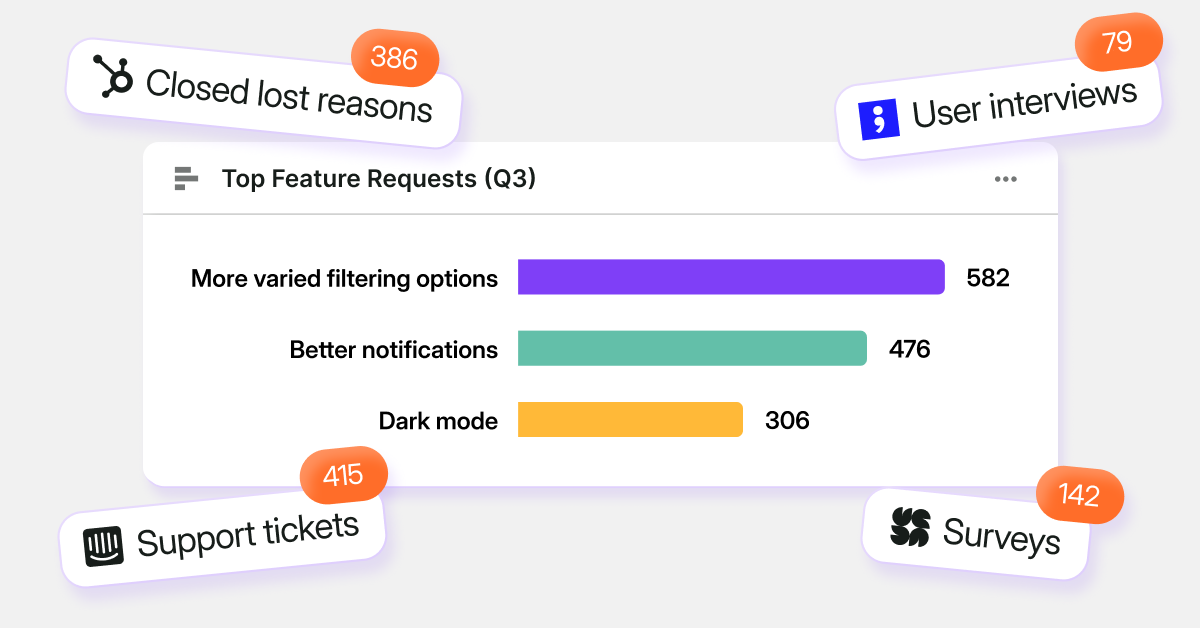
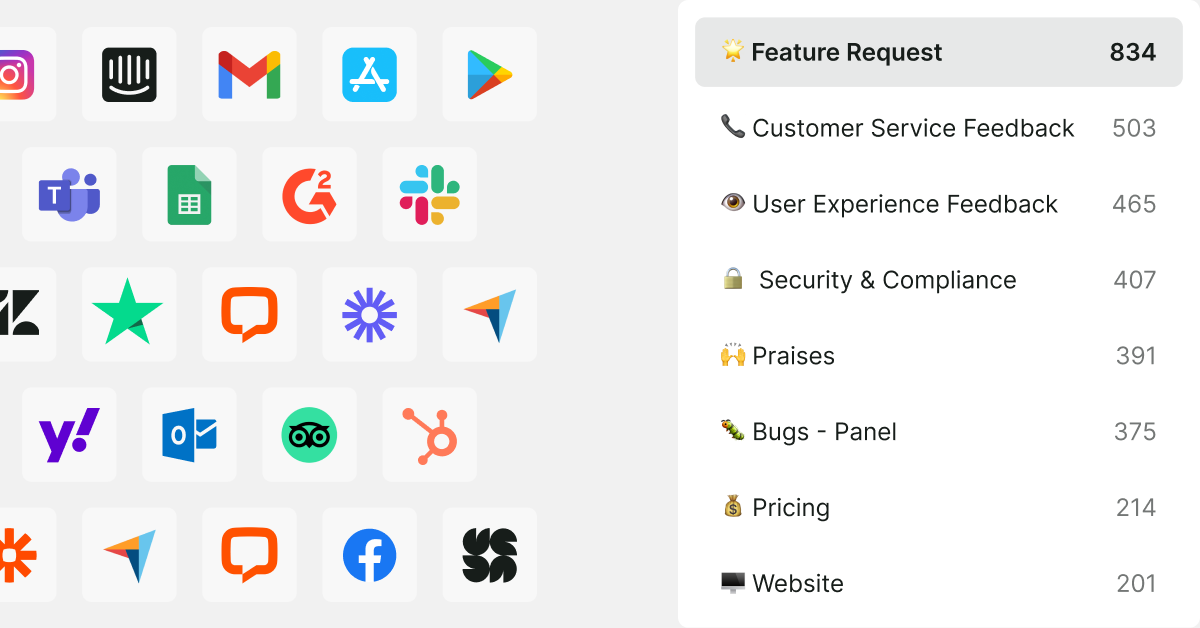
.svg)

.svg)



